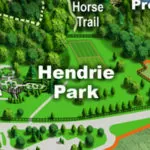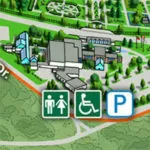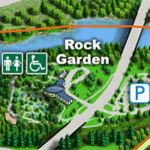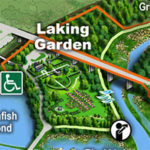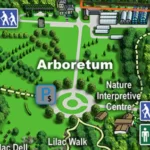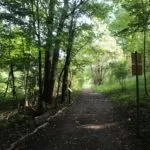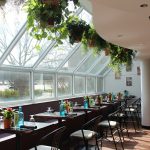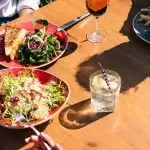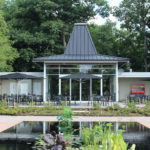| Membership | Price (+HST) |
|---|---|
| Single | $85/year |
| Single Plus | $120/year |
| Family | $130/year |
| Family Plus | $175/year |
| Contributing | $300/year |
| Supporting | $600/year |
| Sustaining | $1,000/year |
| Benefactor's Circle | $2,500/year |
| Director's Circle | $5,000/year |
| President's Circle | $10,000/year |
Indigenous Plant Medicines Trail
Enji naagdowing Anishinaabe waadiziwin
The Journey to Anishinaabe Knowledge
Native plants provide Indigenous peoples with almost all of life’s essentials. Starting in the Arboretum near the Nature Interpretive Centre, this trail developed in partnership with the Misssisaugas of the Credit First Nation explores plants used by the Anishinaabe peoples, and their connections to culture, language, ecology and history. Learn more about First Nations botanical uses within the Niagara Escarpment Biosphere Region.
This trail is in a nature sanctuary. Picking, collecting, harvesting or gathering of any plant or plant part is prohibited. The plant uses described on the trail reflect traditional Anishinaabe knowledge and cultural beliefs. Like any medicine, plant remedies should be only be used under the direction of a trained professional
Introduction to the Trail
Ontario has a rich Indigenous history, involving many different cultures. Royal Botanical Gardens lays within the traditional territory of both the Anishinaabe and Haudenosaunee Nations. This trail focuses on the story of Anishinaabe plant connections. The Anishinaabeg were semi-nomadic hunters, fishers and gatherers who moved with nature’s cycles — from trapping and hunting in winter, to harvesting and processing useful plants through the growing season. Medicine plants were not only their sustenance but were also widely traded. The people’s survival depended on intimate knowledge of the plants found in many habitats over a large area.
This primal connection to native plants remains a key part of Anishinaabe culture, where a plant’s value or importance is measured in its usefulness, rather than its rarity. Come and walk the trail to learn more!
The Trail Experience
Several theme-based interpretive nodes offer traditional perspectives on plants of the area, with content by Joseph Pitawanakwat, traditional plant use educator and consultant, and Elders from Mississaugas of the Credit First Nation. Reflecting the oral nature of Indigenous cultures, plant teachings are provided by audio devices at two waterside teaching areas along the trail.
The trail follows the route of the former Captain Cootes Trail for 1.1 kilometres from the Nature Interpretive Centre to Hickory Valley. The land is hilly with packed earth, gravel and wood mulch surfaces. Muddy trails are slippery when wet, and the trails are often icy in winter — use at your own risk.
Part of the Cootes Paradise Trail System
Established in 1927 for its significance as a migratory bird stopover, Cootes Paradise is RBG’s largest and most diverse sanctuary at over 600 hectares. The area features a 320-hectare river-mouth marsh, 16 creeks and 25 kilometres of shoreline.
Access this trail at RBG’s Arboretum, 16 Old Guelph Road, Hamilton ON.
Plants and People ∞ People and Plants
Joseph Pitawanakwat, plant educator from Wikwemikong Unceded Nation, and consultant for our trail content.
“In my Anishinaabe culture and tradition, we teach that every plant is telling you a story, and in that story, the plant is teaching why it is here, its purpose — all we have to do is listen.
Medieval Europeans followed a concept like ours: plants show people their medicinal use, usually by looking like the body part that they are designed to heal.
Though this interpretation has been dismissed in the past, with the help of new technologies we now better understand what our bodies look like at a molecular level — the level at which many plants speak to us. Scientists are also testing Indigenous medicine plants and discovering active compounds that legitimize their use.
As you walk this trail, you’ll see examples of how this works, some easy to spot, and some hidden in the plants.”
Partners
This trail was created in collaboration with representatives of Mississaugas of the Credit First Nation, and Creator’s Garden.
Funding for the trail provided by The Government of Ontario, and Earl and Ora Douglas.

Support Conservation at RBG
These conservation projects are possible thanks to the generous support of RBG Members and donors. With a donation to Growing up Green, you can ensure an active, vibrant and healthy future for the children of today and tomorrow through our horticultural and conservation projects.
Royal Botanical Gardens (RBG) is the largest botanical garden in Canada, a National Historic Site, and registered charitable organization with a mandate to bring together people, plants and nature.

